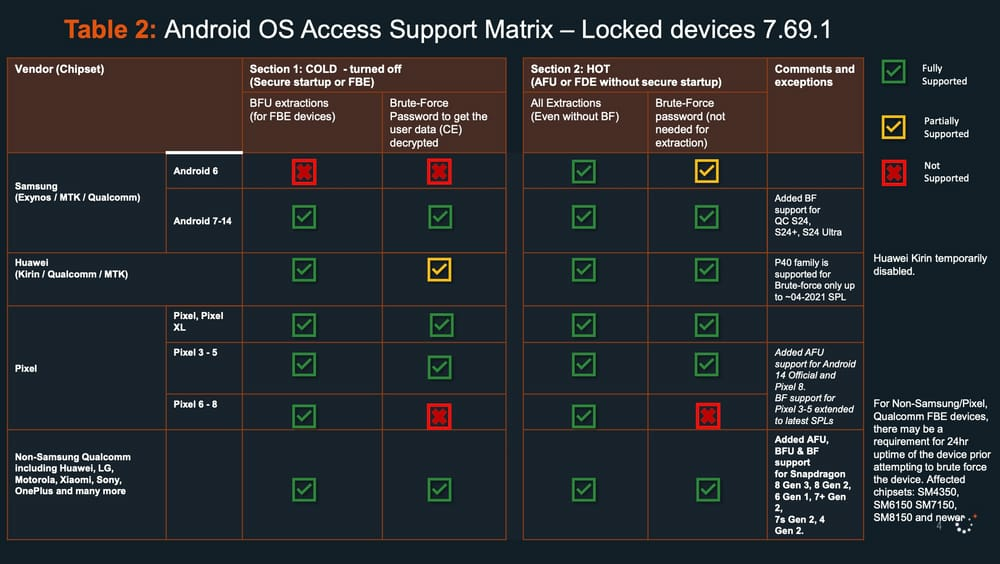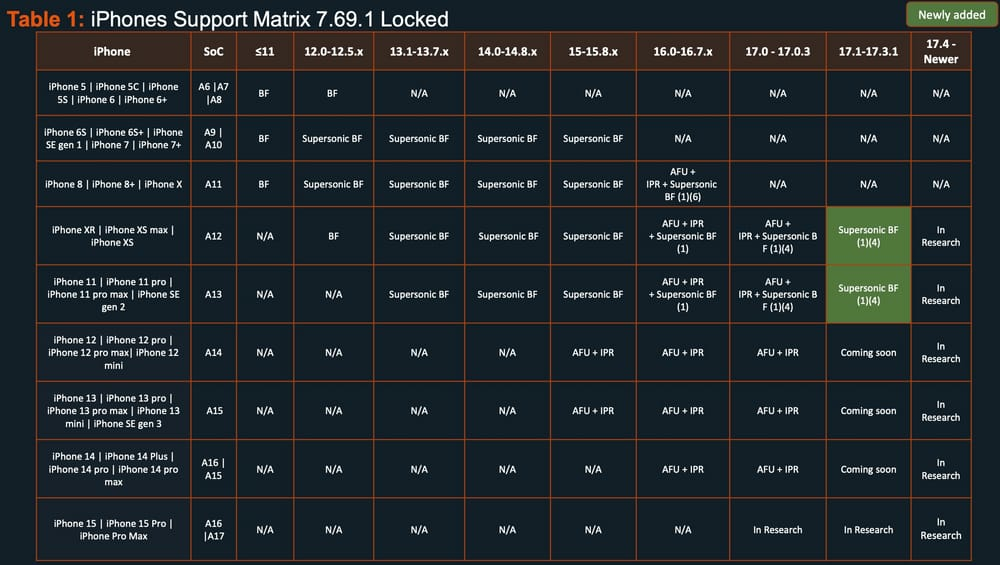Nix, the package manager, is distro-agnostic. Add Home Manager on top of it and you're good to go; both packages and dotfiles are dealt with.
Unsurprisingly, usage numbers for distros are hard to get due to lack of telemetry and what not.
However, some measurements do exist; like data from ProtonDB. These are used by Boiling Steam for their excellent reports in which some representation regarding usage across distros can be found. Their most recent report can be found here.
Note, however, that the following, as has been excellently touched upon by Boiling Steam, applies:
COMMON MISCONCEPTIONS
Since we hear some of the following comments EVERY SINGLE TIME, let’s address them here and now:
- “Duh, it’s not representative of Linux usage in general!”: And nowhere does it claim to be. As often as possible we make it clear this is Linux usage in a gaming context. The usage of Debian and Ubuntu on servers is safe for now, no need to panic.
Read this for the most complete and comprehensive answer on the matter.
TL;DR: Like Fedora Atomic, it utilizes OCI images for its immutability. However, while Fedora Atomic combines this with libostree/OSTree for git-like management of your system, Vanilla OS (instead) keeps it relatively simple with just A/B partioning; which indeed is somewhat reminiscent to what's found on Android.
First of all, thank you for this! This effort is very much appreciated and will definitely make it easier to parse through Linux; especially for beginners.
Having said that, some personal nitpicks of mine:
- I absolutely love Fedora. But if it's named first on your list of beginner distros (presumably due to alphabetical ordering), then it better be easy as hell and work as expected OOTB. Unfortunately, that ain't the case. Hence, at least mentioning the Howto page of RPM Fusion would have been sensible to combat issues users might experience otherwise.
- I'm fine with the inclusion of openSUSE Aeon, but openSUSE Kalpa is literally in Alpha. Therefore, it's too early to be recommended.
- I'm personally not very bothered with Fedora Workstation on the list of distros geared towards beginners, while Debian is found on the list of power-user distros that beginners should avoid instead. ~~(I'm a die hard Fedora fanboy anyways.)~~ However, I am curious to your reasoning/justification.
- Alpine Linux was originally envisioned as an embedded-first distribution. Therefore, most of its design choices revolve around that; small, secure, simple et cetera. The way that you describe/depict Alpine Linux, is more in line with how I would for (what I'd refer to as) demonstrative distros like Artix and Devuan.
How do the 'offspring' of Mandrake/Mandriva compare to one another? IIRC, there's ALT, Mageia, OpenMandriva, PCLinuxOS and ROSA.
I've also come to the understanding that what set Mandrake apart from its peers was its polish and user-friendliness. Which, harbored a great community back in the days. Currently, however, this role is fulfilled by distros like Linux Mint. Furthermore, most distros are relatively straightforward anyways. So, my other questions would be:
- Could the argument be made that Linux Mint is the actual spiritual successor to Mandrake?
- Are the Mandrake-offspring's most compelling raison d'être that they're Mandrake's offspring?
May as well contribute my own 😜.
I'm an absolute sucker for exquisitely hardened distros. Hence, distros like Qubes OS and Kicksecure have rightfully caught my interest. However, the former's hardware requirements are too harsh on the devices I currently own. While the latter relies on backports for security updates; which I'm not a fan of. Thankfully, there is also secureblue.
Contrary to the others, secureblue is built on top of an 'immutable' and/or atomic base distro; namely Fedora Atomic. By which:
- It's protected against certain attacks.
- Enables it to benefit from more recent advancements and developments that benefit security without foregoing robustness.
If security is your top priority, Qubes OS is the gold standard. However, secureblue is a decent (albeit inferior) alternative if you prefer current and/or 'immutable'/atomic distros.
/etc can’t be edited on immutable distros
False on at least Fedora Atomic^[1]^, NixOS^[2]^ and openSUSE Aeon^[3]^..
Which 'immutable' distros are you referring to?
- On Fedora Atomic, changing
/etcis literally identical to how it goes any other distro; or at least 1-to-1 as on traditional Fedora. The bonus is that a pristine copy of the original/etcis kept inside a sub-directory of/usr. Furthermore, all changes compared to the pristine copy are kept track of. - On NixOS, changes have to be applied through
configuration.nix. Though, regardless, it's effectively possible to edit and populate/etclike it is on other distros. - It's explicitly mentioned that
/etcdoes not belong to the immutable base.


I daily drive secureblue; or, to be more precise, its
bluefin-main-userns-hardenedimage."Why?", you ask. Because security is my number one priority.
I dismiss other often mentioned hardened systems for the following reasons: